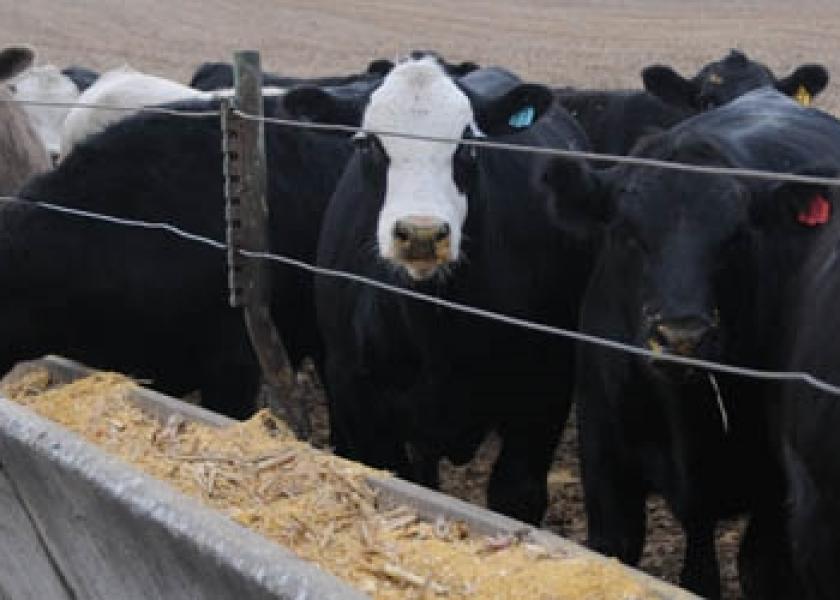An Overblown Market Correction!

“There is no better cure for high prices than high prices.”
I believe that rule-of-thumb was first uttered by Dr. Earl Butz, the outspoken Secretary of Agriculture under Presidents Nixon and Ford. So, while a cattle price correction was impending and prices would come off the highs, I don’t think the current downward spiral in prices is solely the result of that correction. It’s no secret the futures market has played an increasing role in the direction of cash markets as index funds entered the market. Do the words index funds and high frequency trading sound familiar?
Additionally, the number of cattle sold on a contract basis to packers has increased.
Fundamentally there was a market imbalance as truck-loads of red ink left the feedyards. Feed and energy prices were falling while record-high feedlot break-evens over the past two years have been driven by record-high feeder cattle prices.
There are two solutions to lower feedlot breakevens: 1) make the cattle bigger and 2) lower the cost of feeders. The latter was difficult when feeding demand exceeded feeder cattle supplies, but the former was easier with cheap cost of gain relative to fed cattle prices. The marginal cost of each additional pound of gain is far less than the price of cattle.
Looking at the September slaughter and beef production, the big cattle more than compensate for slaughter numbers that are still running even or below last year’s totals. During September cattle slaughter was down about 2% from a year ago. At the same time, average carcass weights for all cattle are 20 pounds heavier leaving beef production for the month up 1% from a year ago.
I believe weights will come down as the industry works through the cattle. But this also hinges on improved consumer demand. I expect demand to improve going into October. While weights will not be reduced immediately, cold, winter weather and reduced feeding performance will be a factor into December and January.
For the remainder of 2015, cattle numbers are not as much a problem as “big cattle” and reduced demand. Increased beef production coupled with increased
pork and chicken production, demand will continue to be the key to prices in both the short term this fall and going into 2016.
While the beef industry has enjoyed prices that have exceeded most expectations (mine included), a correction was undeniable. The only questions were when and how much prices would decline and we have mostly answered both of those questions. However, because I believe part of the correction was due to non-fundamental factors and likely overblown, I also believe there is room for prices to improve this fall, though certainly not anywhere close to 2014 levels.







